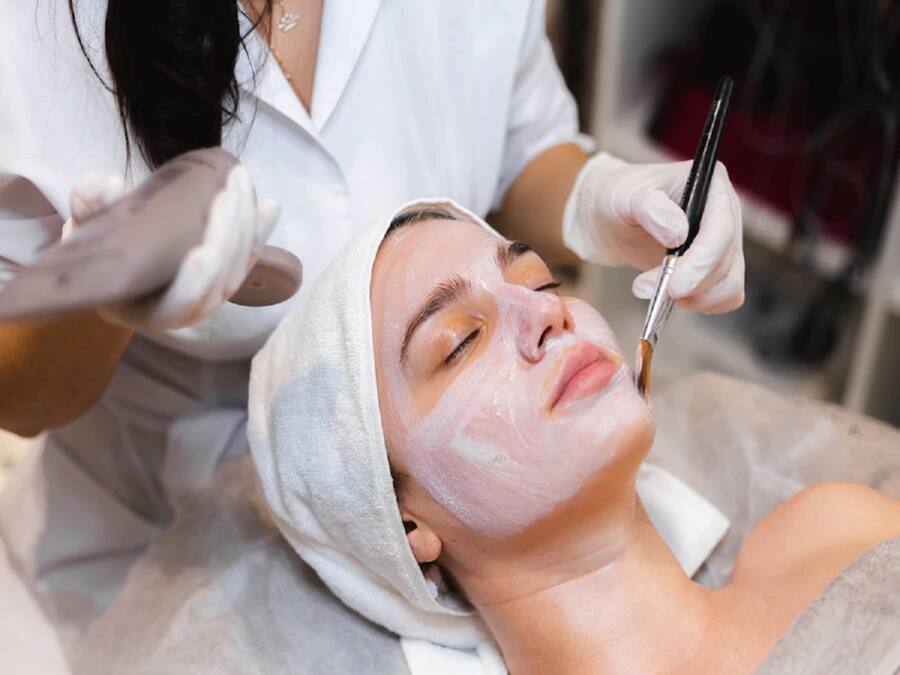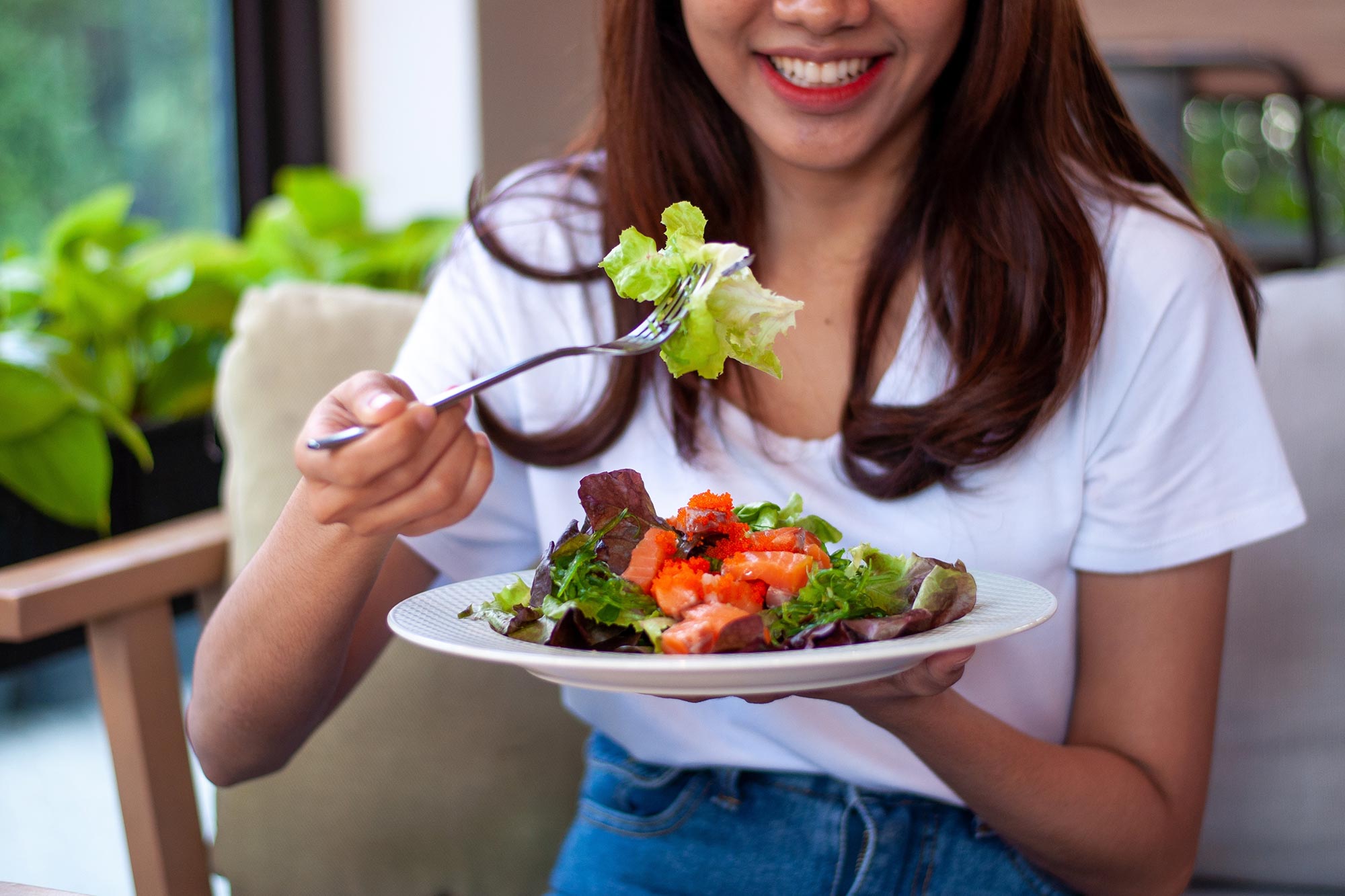In recent years, the beauty industry has witnessed an explosion of DIY skincare trends — homemade masks, natural scrubs, and kitchen-based beauty hacks are dominating social media platforms like Instagram, TikTok, and YouTube. A lot of people think that just because something is natural, it’s automatically safe to use. After all, ingredients like lemon, honey, turmeric, and aloe vera have been used for centuries, right?
However, Dr. Anjali Sharma, an AIIMS-trained dermatologist with over 15 years of experience, warns that not everything found in your kitchen belongs on your skin. While natural ingredients can be beneficial in certain formulations, applying them raw or without understanding their chemical nature can lead to irritation, allergies, and long-term skin damage.
1. The Myth of “Natural Equals Safe”
The belief that natural ingredients are automatically harmless stems from a misunderstanding. In reality, many natural substances are highly potent and can irritate or sensitize the skin.
- Example: Poison ivy is natural — but it causes painful rashes. Similarly, lemon juice, baking soda, and toothpaste are natural or household ingredients, yet they can severely disrupt your skin’s protective barrier.
- According to dermatologists, the skin’s pH is slightly acidic (around 5.5), while many DIY remedies have an alkaline or highly acidic pH that can destabilize the barrier, causing redness, burning, or dryness.
Expert insight:
“Many people assume that if you can eat it, it’s harmless to apply on your skin too. But that’s not true. The skin has a complex microbiome and barrier that can react differently to concentrated natural compounds,” says Dr. Sharma.
2. Common Homemade Ingredients That Can Damage Your Skin
While many DIY skincare recipes claim to brighten, exfoliate, or cure acne, several popular ingredients are known irritants when used incorrectly.
A. Lemon Juice – Too Acidic for Skin
- pH problem: Lemon juice has a pH around 2, which is far too acidic for the skin.
- Possible effects: It can cause chemical burns, post-inflammatory hyperpigmentation, and make your skin more sensitive to sunlight.
- Expert note: Dr. Sharma warns that lemon juice can cause phytophotodermatitis — a severe skin reaction when lemon residue reacts with UV light.
B. Baking Soda – Harsh and Alkaline
- pH imbalance: Baking soda has a pH of 9, disrupting the skin’s acid mantle.
- Side effects: It strips natural oils, causing dryness, irritation, and even small microtears.
- Dermatologist tip: “People use it as a scrub or exfoliant, but it’s one of the most damaging ingredients to your skin barrier,” says Dr. Sharma.
C. Toothpaste – Not for Pimples
- Many social media hacks recommend toothpaste to dry out acne, but toothpaste contains fluoride, menthol, and hydrogen peroxide, which are not skin-safe.
- It can trigger contact dermatitis and worsen inflammation rather than healing acne.
D. Raw Turmeric – Allergic Reactions Possible
- While turmeric has anti-inflammatory properties, the raw spice can cause staining and allergic dermatitis.
- Commercial skincare products use curcumin extract in safe concentrations — raw turmeric isn’t equivalent.
E. Essential Oils – Too Concentrated
- Oils like tea tree, peppermint, eucalyptus, and lavender can be effective in diluted forms but are highly sensitizing when used directly on the skin.
- Overuse can lead to chemical burns, eczema flare-ups, and chronic irritation.
3. Understanding the Skin Barrier – Your First Line of Defense
The skin barrier, made up of lipids, proteins, and natural moisturizers, is essential for keeping bacteria and pollutants out while locking moisture in.
DIY skincare often damages this barrier by exposing it to ingredients with extreme pH levels, coarse particles, or chemical instability.
What Happens When the Barrier is Damaged:
- Increased sensitivity and redness
- Persistent dryness and flakiness
- Breakouts and acne flare-ups
- Premature aging and wrinkles
- Greater risk of infections and pigmentation
Expert insight:
“Once your barrier is compromised, even the mildest skincare products start to sting. That’s when you know the damage has gone deep,” Dr. Sharma explains.
4. Social Media Influence – The Danger of Viral Beauty Hacks
Platforms like TikTok and Instagram are flooded with influencers promoting “natural glow hacks.” While these may seem harmless, many of them lack scientific basis.
Examples of Viral but Harmful Trends:
- Applying lemon or vinegar for brightening
- Using sugar scrubs daily
- DIY peel masks using glue and charcoal
- Applying toothpaste or garlic on pimples
These hacks often go viral because they provide quick, visible results (like drying out a pimple or removing dead skin), but they cause long-term microdamage that leads to dullness, sensitivity, and pigmentation.
Expert warning:
“Influencers are not dermatologists. What works for one person’s video may harm thousands who follow blindly,” says Dr. Sharma.
5. Natural Ingredients That Can Be Safe — When Used Correctly
Not all natural ingredients are harmful. The key lies in formulation, concentration, and pH balance.
When processed properly in dermatology-tested products, certain natural extracts can be beneficial.
Safe Examples (in controlled forms):
- Aloe Vera Extract: Soothes irritation and hydrates the skin.
- Green Tea Extract: Packed with antioxidants to reduce inflammation.
- Oatmeal: Gentle exfoliant and natural skin soother for sensitive skin.
- Honey: Natural humectant that attracts moisture without irritation.
- Cucumber Extract: Hydrating and calming for tired, puffy skin.
However, even these should be used from reputable brands — not raw from your kitchen.
6. The Science Behind Skin Reactions
A. pH Imbalance
Your skin’s acid mantle maintains a pH around 5.5. Ingredients with extreme acidity (like lemon) or alkalinity (like baking soda) can strip this balance, leading to trans-epidermal water loss (TEWL) — a condition where your skin loses moisture rapidly.
B. Allergic Contact Dermatitis
Raw herbs and spices contain volatile compounds that can trigger allergic responses.
For example, cinnamaldehyde (in cinnamon) and limonene (in citrus peels) are common allergens.
C. Photosensitivity
Certain natural substances, like lemon and bergamot oil, make the skin hypersensitive to UV rays, resulting in burns or pigmentation.
D. Microtears
Using coarse scrubs (sugar, salt, or walnut) can cause microscopic injuries, accelerating premature aging and allowing bacteria to enter.
7. How Dermatologists Formulate Safe Skincare
Professional skincare formulations, even those labeled “natural,” undergo stability testing, clinical trials, and dermatological assessments before reaching the market.
Why Formulation Matters:
- Correct concentration of actives
- Maintained pH balance for skin safety
- Added stabilizers and preservatives to prevent bacterial growth
- Ensured non-comedogenic properties
Example:
Vitamin C (ascorbic acid) in lemon juice oxidizes easily. But in a dermatologically tested serum, it’s stabilized in a specific pH range with antioxidants, making it safe and effective.
8. Hidden Risks of Mixing Ingredients at Home
DIY skincare often involves combining different substances — like honey with lemon or turmeric with yogurt. However, chemical reactions between these ingredients can create unpredictable compounds.
- Risk of bacterial contamination: Homemade mixtures lack preservatives, leading to rapid bacterial or fungal growth.
- Unstable actives: Some ingredients lose potency or become irritants when exposed to air or light.
- Uneven application: Unlike lab-tested formulas, DIY pastes can lead to uneven results or patchy pigmentation.
9. Case Studies – When Natural Remedies Go Wrong
Case 1: Lemon Burn
A 25-year-old woman applied lemon juice for “skin brightening.” Within hours, she developed blisters and redness. Diagnosis: chemical burn with photosensitivity reaction.
Case 2: Baking Soda Rash
A man used baking soda daily for “oil control.” The result was severe dryness, peeling, and dermatitis due to alkaline irritation.
Case 3: Garlic-Induced Blisters
Garlic applied on pimples caused second-degree burns in multiple cases due to sulfur compounds.
Lesson: Even the most harmless-seeming ingredients can be damaging when misused.
10. Safer, Science-Backed Alternatives to DIY Remedies
Instead of using untested home ingredients, dermatologists recommend switching to dermatology-tested, clinically safe products with similar benefits.
| Skin Concern | DIY Ingredient (Unsafe) | Dermatologist-Approved Alternative |
|---|---|---|
| Brightening | Lemon juice | Vitamin C serum (10–15% L-ascorbic acid) |
| Acne | Toothpaste/garlic | Niacinamide or salicylic acid serum |
| Exfoliation | Sugar scrub | AHA/BHA chemical exfoliant |
| Hydration | Raw honey | Hyaluronic acid or ceramide moisturizer |
| Anti-aging | DIY turmeric paste | Retinol or bakuchiol serum |
Expert advice:
“You can embrace natural ingredients, but let professionals formulate them. Skincare is chemistry — not cooking,” Dr. Sharma reminds.
11. How to Choose Safe “Natural” Products
When shopping for skincare labeled “organic” or “natural,” look for these signs of reliability:
- Dermatologist-tested or clinically proven claims
- Ingredient list transparency (avoid vague terms like ‘herbal mix’)
- Patch-tested certification
- No raw essential oils or high-concentration acids
- Reputable brand manufacturing standards
Always do a patch test on your inner arm before trying any new product.
12. Expert Tips for Healthy, Safe Skincare Routine
Dr. Sharma suggests a simple, effective daily routine that works for most skin types:
- Gentle Cleanser – Maintain skin’s pH balance.
- Hydrating Toner or Mist – Use rose water or cucumber extract-based formulations.
- Active Serum – Choose science-backed actives like Vitamin C, niacinamide, or hyaluronic acid.
- Moisturizer – Strengthen barrier with ceramides or peptides.
- Sunscreen (SPF 30+) – Protect against UV damage daily.
Optional weekly care: a mild, dermatologically approved exfoliant or mask.
Avoid experimenting with raw ingredients.
13. The Psychological Appeal of DIY Skincare
People turn to homemade skincare for many reasons — cost, convenience, cultural tradition, or mistrust of chemical-laden products.
However, dermatologists emphasize that scientific skincare isn’t anti-natural — it’s about balance.
“We don’t oppose natural ingredients,” Dr. Sharma says. “We oppose unsafe use. Nature gives us wonderful compounds — science helps us use them safely.”
14. When to Visit a Dermatologist
If you experience any of the following after using a home remedy, seek medical advice immediately:
- Persistent burning, redness, or itching
- Dark spots or uneven pigmentation
- Peeling or rash
- Acne flare-ups after a new DIY treatment
Early medical intervention can prevent scarring and permanent skin damage.
15. Final Thoughts – The Balance Between Nature and Science
The desire for glowing, healthy skin is universal — but the path to achieving it shouldn’t compromise safety.
Natural skincare is not inherently bad, but using raw, untested ingredients directly on your face can lead to serious consequences.
Dr. Sharma concludes:
“Your skin is a living organ — not a science experiment. Trust evidence-based care, not social media hacks.”
Healthy skin doesn’t come from your kitchen cabinet — it comes from knowledge, consistency, and scientifically tested care.










